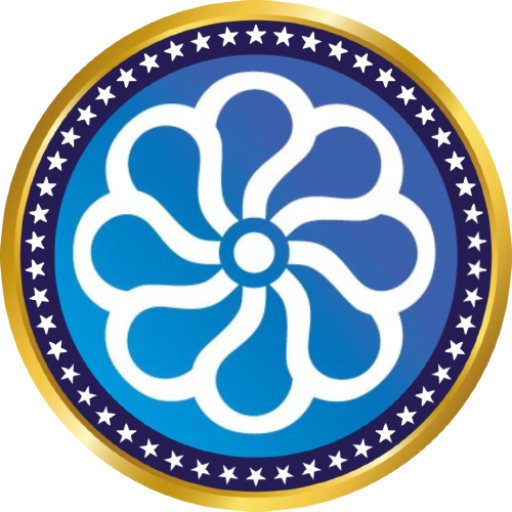The second part of the 20th century was a time of remarkable economic development, which brought about some great advances in management and business administration. Models of continuous improvement appeared, and one of the most famous and widely used models has been PDCA/PDSA (plan-do-check/study-act). The so-called Deming (Shewhart) cycle, rooted in the scientific method, has been especially popular in Japan, with its culture of high-quality production, long term rational strategy building. However, it can be argued that the prevalent PDCA model has not been adequate enough in the modern world. One of the possible cases in point is Japan.
Why so? What is it about the modern world that makes PDCA less effective? Experts are in agreement that the modern state of the world is defined by increased Volatility, Uncertainty, Complexity, and Ambiguity, VUCA factors. In effect, we all live in a so-called VUCA world, and hardly anyone can argue otherwise.
Hence, recently some other management models have been attracting the attention of business administration professionals. One such model is OODA (observe-orient-decide-act). OODA was developed by an American military professional, USAF colonel John Boyd. All militaries routinely have to operate in VUCA environments, so models with military DNA become more pertinent in the modern world.
What is the core difference between PDCA and OODA that produces a material difference in the final outcome? We conclude that there are two main factors that make OODA more successful.
One, through military DNA, the OODA practitioner is always cognizant of the adversary and that the adversary is doing its best to overcome the OODA practitioner. Moreover, the practitioner assumes that the adversary is employing OODA (or a similar model) to achieve the best results. In PDCA, we do not see a mention of another side opposing the practitioner of the PDCA.
Two, military professionals say that to be successful in the struggle, one has “to get inside the OODA loop of the adversary”. This means that one’s OODA length has to be shorter in time than that of the adversary. This kind of agility provides the practitioner of the OODA model with the opportunity to through the adversary off-base by making them react to one’s actions and not being able to catch up. If this is achieved, even suboptimal decisions of the OODA practitioner can be corrected during the following cycles based on various feedback. While the adversary finds himself facing an ever-changing environment (including the actions of the OODA practitioner), always trying to react to no longer relevant situations and thus losing the confrontation.
Finally, what is the Japanese lesson we can observe in terms of the PDCA versus OODA differences? The lesson is that losing agility in business decisions is often followed by setbacks in the marketplace. Without naming any particular companies, it would probably be fair to say that at some point, many Japanese companies lost this kind of agility. Some of the companies, after tremendous success stories, started to be complacent. Slowly they lost sight of the necessity to be agile. Many adopted the point of view that a truly good, high-quality product will find its market anyway, so there is really no need to hurry, what’s needed is to plan carefully and produce the best possible product. So, while many Japanese companies were entering the “careful planning paralysis”, their competitors from the USA, Europe, and Asia have been busy getting inside the OODA loop of the Japanese companies. The end result is that these competitors have been outcompeting Japanese companies more and more successfully.
So, our advice to the Japanese companies would be to shorten their OODA loop, their decision-making process. It is often difficult to achieve without outside help. We at Argentum Bullet Consulting can provide the necessary help and intellectual challenge to help companies remember and foster their agility in decision-making.


